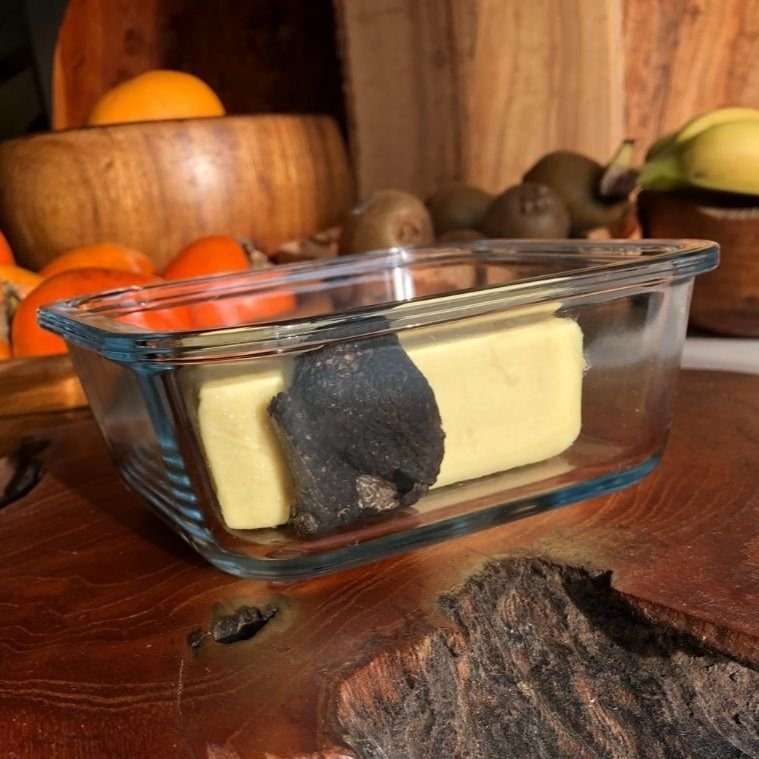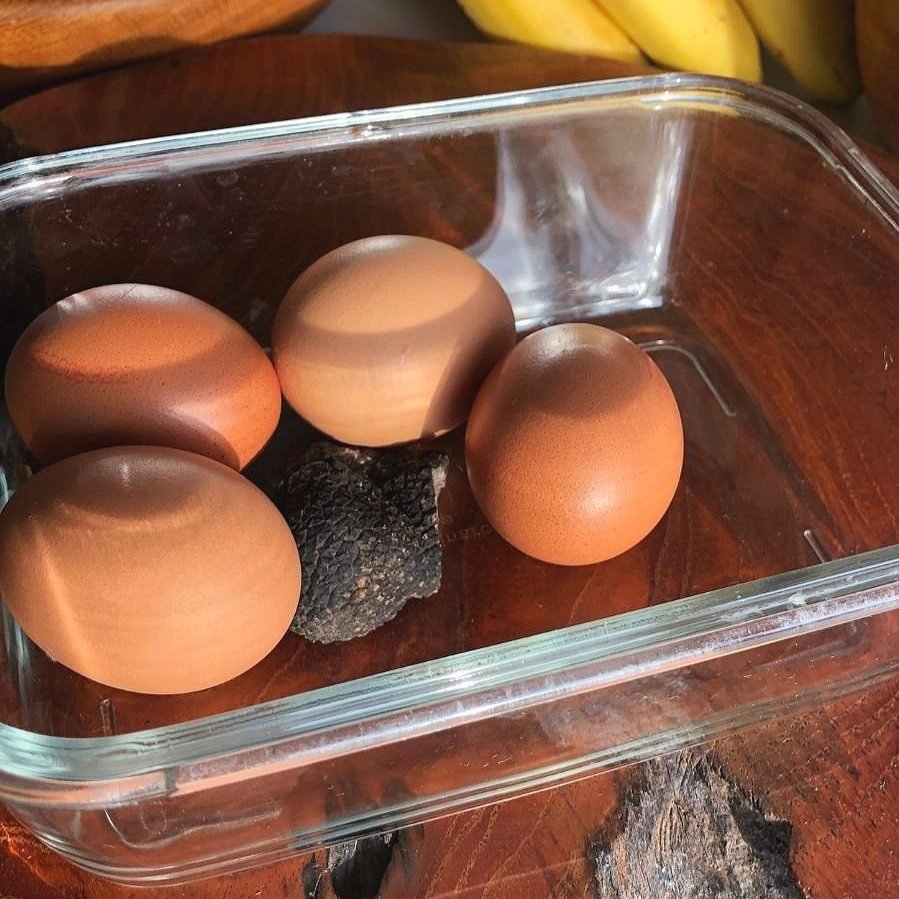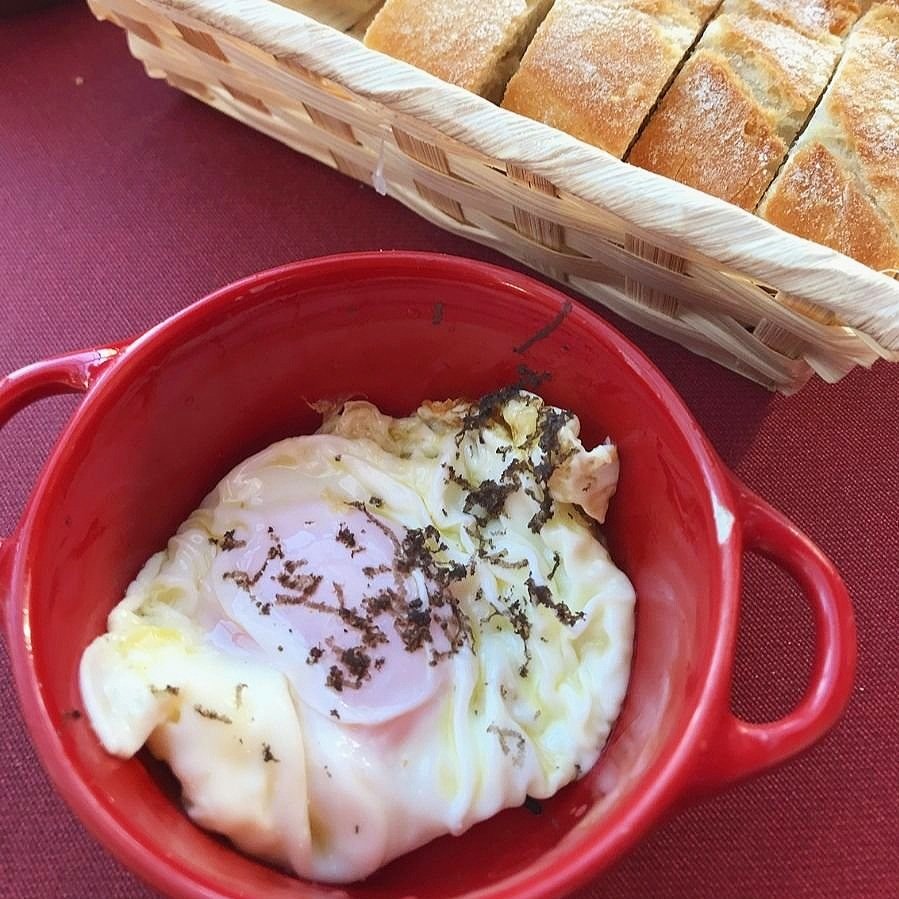Truffles: Mother Nature’s Artisanal Creation
Fran Glaría | Traveling Steps
Look high and low, and you will discover that there is not a better artist or artisan than Mother Nature. Seemingly effortlessly, she gives us some of the most amazing delicacies, one of them being the truffles.
Black truffle
Image | WikiImages, Pixabay
If there is a fungus that deserves to be in all history books, it should be the Truffle. We have records from the Mesopotamian Empire (3000 BCE) where the Sumerians would eat truffles. In Egypt, there are hieroglyphs the depict the offering truffles to the deities. Greeks and Romans loved them—Emperor Nero said “Truffles are a delicacy of gods.'' Centuries later, in the year 1660, at the Royal wedding of Louis XIV of France and Princess Maria Teresa of Spain, truffle eggs were served. Even Napoleon Bonaparte believed in the aphrodisiac powers of truffles. Today, we know that Oprah Winfrey requires truffle salt on her rider for all her hotel stays.
So, what is the deal with these fungi?
We need to understand that truffles do not grow on the surface, they grow underground. They are parasites of trees, and they need their host to do photosynthesis (convert sunlight into energy) for them. In return, the truffle will supply the tree with extra nutrients that the tree cannot reach by itself.
As it grows under the soil, there is not an easy way to spread the spores in order to reproduce. Nature, wise as she is, gave the truffle a very strong aroma, so animals are attracted to them and eat the truffles. Days later, once digestion has been done, the animal will “deposit” the spores, and the circle of life will start again.
Pigs used to help in the hunting of truffles, but they would often end up eating them. These days, you’ll commonly find that dogs are your best friend if you need to sniff out the aroma of these delicious fungi. They’ll settle for a doggie treat as reward.
A good quality black truffle has over 150 different aromas. It might bring you memories of a forest, wet earth, beetroot, musk, wood, etc.… In a word, truffles smell like nature—pure, clean nature.
Rum helps truffle harvester Chenco find the “black gold.”
Image | Fran Glaría
Is it really as expensive as we think?
The answer is yes and no, sort of. I understand that if I tell you that one pound of black truffle costs over 1000 US dollars you will say, that's expensive to me! The issue is that you don't need one pound of truffles for one dinner. With a 2-ounce piece (50 US dollars) you can prepare an amazing meal for 6 people. I know that’s not cheap, and it is an investment, but trust me, your friends will love you!
Here are some tips to make the best out of your investment!
* If you have the option, buy a natural truffle, not one of those that come in a bottle with a little bit of liquid. In order to preserve the truffle, food companies boil them. This kills between 70% to 85% of the aromas.
* I know that a perfect rounded truffle looks great, but it will cost you double the price than an uneven one. Leave the perfect looking ones for the restaurants.
* You can freeze them. They will lose about 40% of the aromas, but you can have a romantic dinner in the summer, when there are no natural truffles.
* A natural truffle will preserve its quality for up to 20 days, so use those days wisely. What we do at home is put a block of good butter and the truffle in a well-sealed glass jar for 5 days. This is the way to have truffle-butter, that you can use for cooking or just on toast. Once we have the butter, we do the same with eggs. In a week, you can eat the best truffle-eggs ever.



Black truffles are not just for high-end restaurants, give them a try at home. You will become an instant fan!
We have visited an organic black truffle farm in Spain. Click over to watch this video and learn about truffles with Chencho and his amazing dogs Rum and Trufa.


